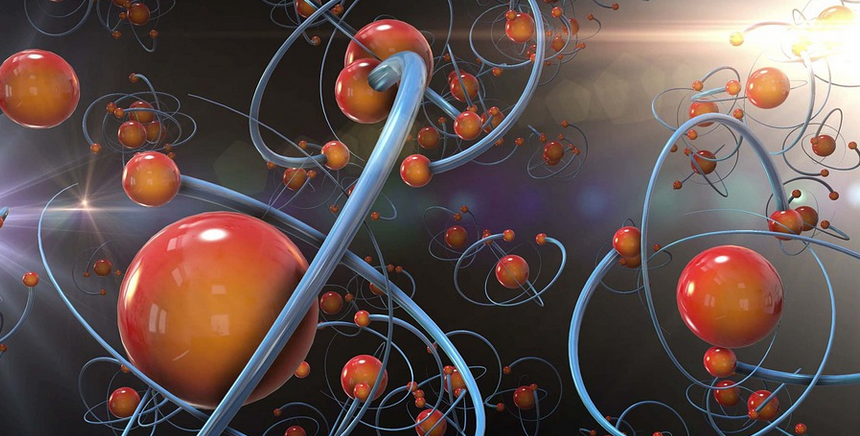Introduction
Synthesis of alum lab is one of the most popular experiments in chemistry. This lab involves the synthesis of a compound known as alum, which is a type of double salt. The purpose of this lab is to understand the process of synthesis and the properties of alum. In this article, we will discuss the purpose of the synthesis of alum lab in detail.
What is Alum?
Alum is a type of double salt that is commonly used in various industries. It has numerous applications, including water treatment, paper production, and food preservation. The chemical formula for alum is KAl(SO4)2·12H2O. It is a white crystalline compound that is soluble in water.
The Synthesis of Alum Lab
The synthesis of alum lab involves the reaction between aluminum foil and potassium hydroxide, followed by the addition of sulfuric acid and potassium sulfate. The reaction produces alum, which is then crystallized and purified. The lab allows students to understand the process of synthesis and the properties of alum.
The Purpose of the Synthesis of Alum Lab
The purpose of the synthesis of alum lab is to teach students about the process of synthesis, the properties of alum, and its applications in various industries. The lab also helps students understand the concept of stoichiometry and the importance of accurate measurements in chemistry.
The Importance of Stoichiometry
Stoichiometry is the study of the quantitative relationship between reactants and products in a chemical reaction. It is an essential concept in chemistry, as it allows scientists to predict the amount of product that will be formed in a chemical reaction. The synthesis of alum lab helps students understand the importance of stoichiometry and its application in chemistry.
Accuracy in Measurements
In chemistry, accurate measurements are essential to ensure the success of a reaction. The synthesis of alum lab helps students understand the importance of accurate measurements and the consequences of inaccurate measurements. The lab allows students to practice measuring and weighing chemicals accurately, which is a crucial skill in chemistry.
Properties of Alum
The synthesis of alum lab also helps students understand the properties of alum. Alum has several unique properties, including its ability to form large, transparent crystals, its solubility in water, and its ability to act as a mordant in the textile industry. The lab allows students to observe these properties firsthand.
Conclusion
In conclusion, the purpose of the synthesis of alum lab is to teach students about the process of synthesis, the properties of alum, and its applications in various industries. The lab also helps students understand the concept of stoichiometry and the importance of accurate measurements in chemistry. Overall, the synthesis of alum lab is an essential experiment in chemistry education.

